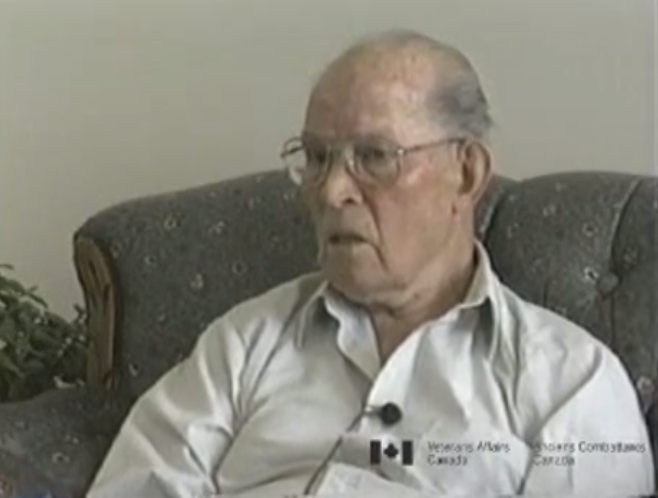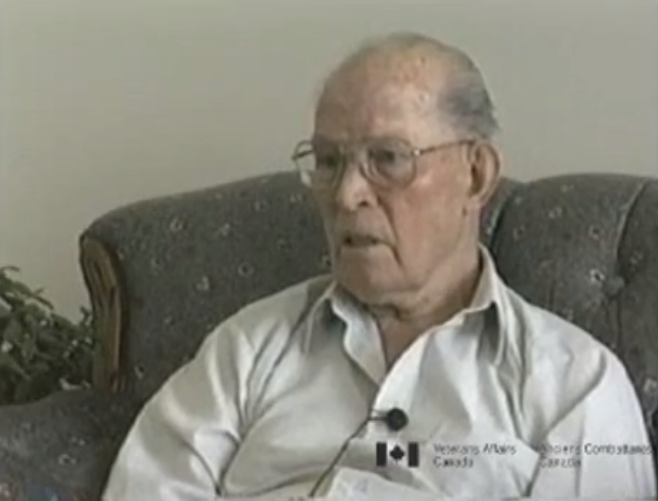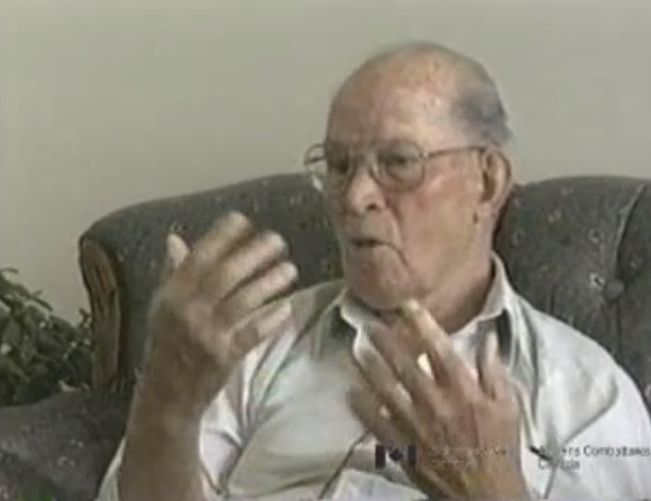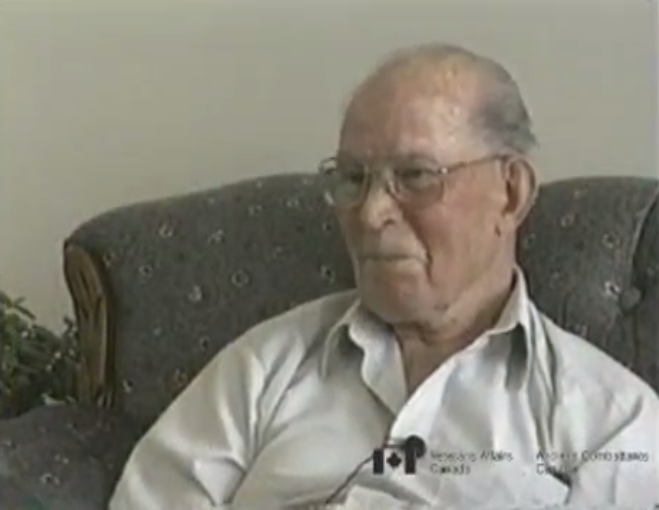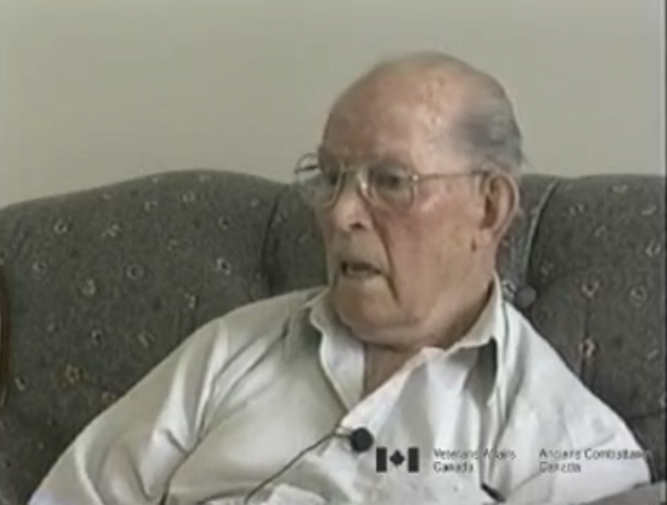Balloons Versus Bombers
Heroes Remember
Balloons Versus Bombers
Transcript
Winston Churchill greeted by supporters of men and women.
Street and all these places, you know. They were balloons flownWorkers settign up and flying balloons.
there and it was the girls, the WAAFs who were doing these. And those balloons were flown by V8 motors and they have a chassis, you know a driving chassis and they had to be done up and down by clutch movement and the girls were pretty hard on the clutches. So we used to be always out to either adjust or, if out, putting new plates on and all the rest. That’s the first job I actuallyWorkers moving balloon by army truck.
had in the RAF as a mechanic. And in the centre, as well, they used to make balloons there, you know. But on that station as well, they had an outfit there where they used to launch those balloons at certain heights and, not the big balloons like blimps but they had smaller ones and they used to say there was supposed to be a raid over that certain area. Well those things were equipped with a tank, and a parachute, and a fuse and about, I forget, maybe two hundred feet of banana wire. Now they were made so an aircraft would link to that banana wire and when theyFighter plane dropping bombs.
get to the end they’d either set off the bomb, you know what I mean. That’s was the way that they got tangled, but if thatFour or five balloons flying in the air.
didn’t happen the fuse burned and destroyed the bomb upstairs.Description
Mr. Austin describes how the British deployed hot air balloons to snag raiding German bombers, and being responsible for maintaining the equipment used to raise and lower the balloons.
Stephen Austin
Stephen Austin, Sr. was born in Holyrood, Newfoundland on December 16, 1916. He was the second of four children and was raised on a family farm. His father was also a fisherman. In 1936 he started working as a truck driver. Mr. Austin went to England at the outbreak of war and worked in lumber crews. He enlisted in the Royal Air Force where he trained for a heavy engine mechanic. Mr. Austin served first in England, where he maintained the equipment which raised anti-bombardment balloons. After re-certification, his tour of duty took him to post D-Day Europe where he maintained military vehicles during the Allied advance on Germany. Mr. Austin married a Belgium national, and returned to Newfoundland where he worked as a mechanic. He later returned to France, working several years at the war memorial in Beaumont-Hamel.
Meta Data
- Medium:
- Video
- Owner:
- Veterans Affairs Canada
- Duration:
- 2:05
- Person Interviewed:
- Stephen Austin
- War, Conflict or Mission:
- Second World War
- Branch:
- Air Force
Related Videos
- Date modified:



